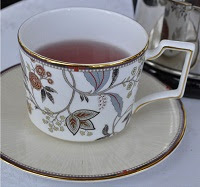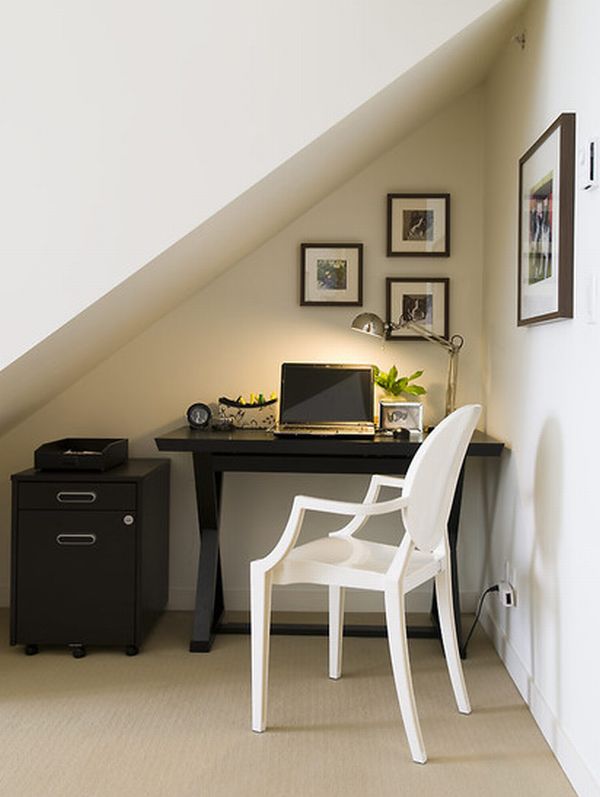
Image is copyrighted by Adam Bruderer.

 As urbanization became more and more the norm, the rituals around high tea also shifted. It became more of a stylish and less hearty meal, more of a fancy tea, and was consumed between three and four o'lock in the afternoon. The dining room with a neatly laid out service—of fine bone china, exquisite linen napkins, crystal stemware, and real silver eating utensils—became de rigueur. Delicate finger food was served with a variety of lightly-brewed teas. Sandwiches and pastries still featured highly on the menu, but the smaller size of the offerings allowed for tiered serving dishes and lace doilies.
As urbanization became more and more the norm, the rituals around high tea also shifted. It became more of a stylish and less hearty meal, more of a fancy tea, and was consumed between three and four o'lock in the afternoon. The dining room with a neatly laid out service—of fine bone china, exquisite linen napkins, crystal stemware, and real silver eating utensils—became de rigueur. Delicate finger food was served with a variety of lightly-brewed teas. Sandwiches and pastries still featured highly on the menu, but the smaller size of the offerings allowed for tiered serving dishes and lace doilies. Tea is served with warm milk, sugar, lemon, and honey. Hot water is brought to the table in a ceramic jug along with decorative tins of various tea leaves. First, the teapot is rinsed out with hot water to warm the pot. Tea is spooned in, one for each cup of tea plus one for the pot. Appropriate quantity of hot water is poured in and the teapot's covered with a decorative, quilted tea cozy. The tea's allowed to steep for 5–7 minutes, after which it is carefully strained into each cup.
Tea is served with warm milk, sugar, lemon, and honey. Hot water is brought to the table in a ceramic jug along with decorative tins of various tea leaves. First, the teapot is rinsed out with hot water to warm the pot. Tea is spooned in, one for each cup of tea plus one for the pot. Appropriate quantity of hot water is poured in and the teapot's covered with a decorative, quilted tea cozy. The tea's allowed to steep for 5–7 minutes, after which it is carefully strained into each cup. The meal's rounded out with sweet pastries, such as jam tarts, mince pies, pecan tartlets, fruit flan, madeleines, raspberry linzers, cheesecakes, lemon bars, shortbread biscuits, custard kisses, sponge cakes, frosted fairy cakes, etc.
The meal's rounded out with sweet pastries, such as jam tarts, mince pies, pecan tartlets, fruit flan, madeleines, raspberry linzers, cheesecakes, lemon bars, shortbread biscuits, custard kisses, sponge cakes, frosted fairy cakes, etc.

